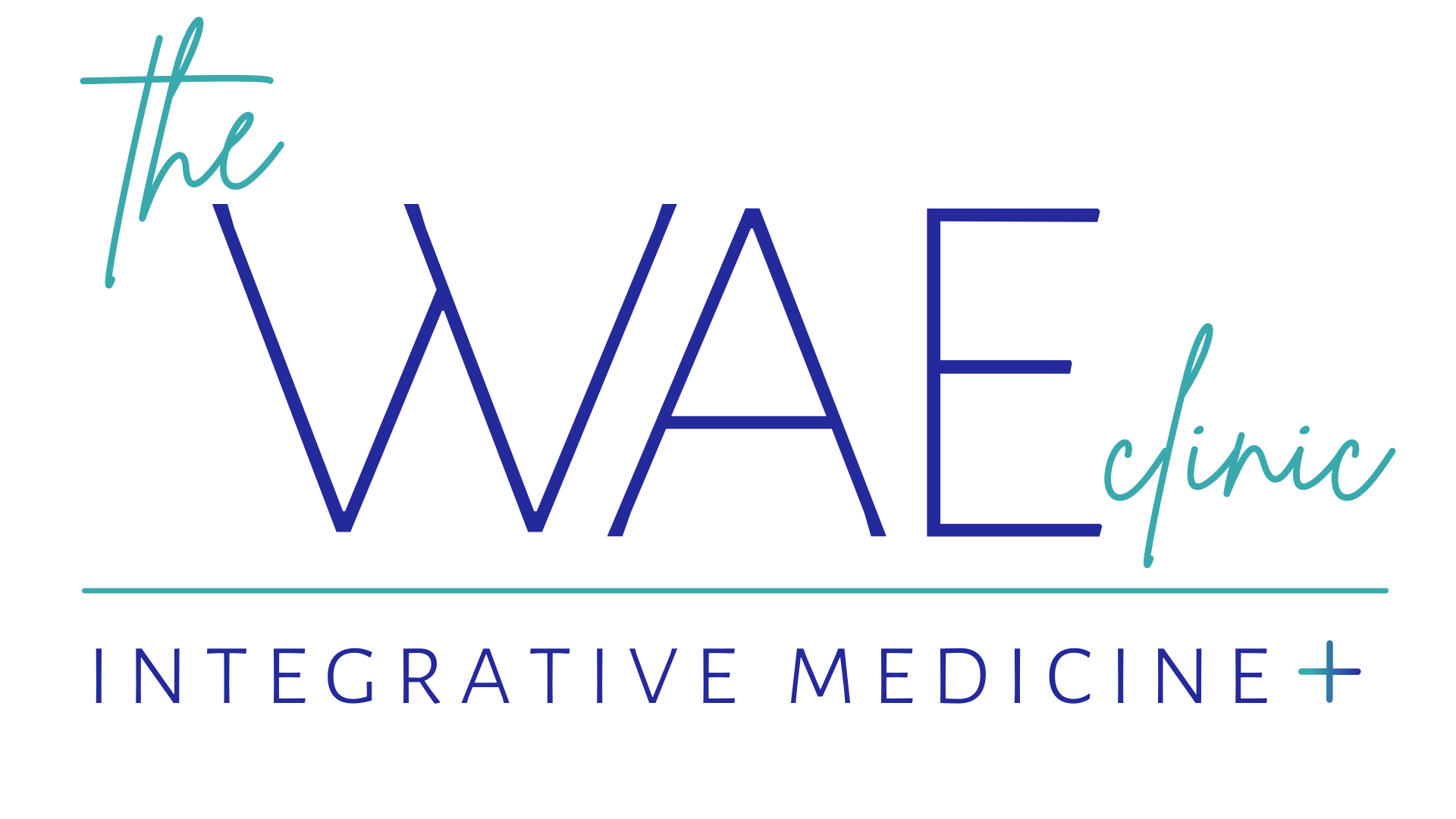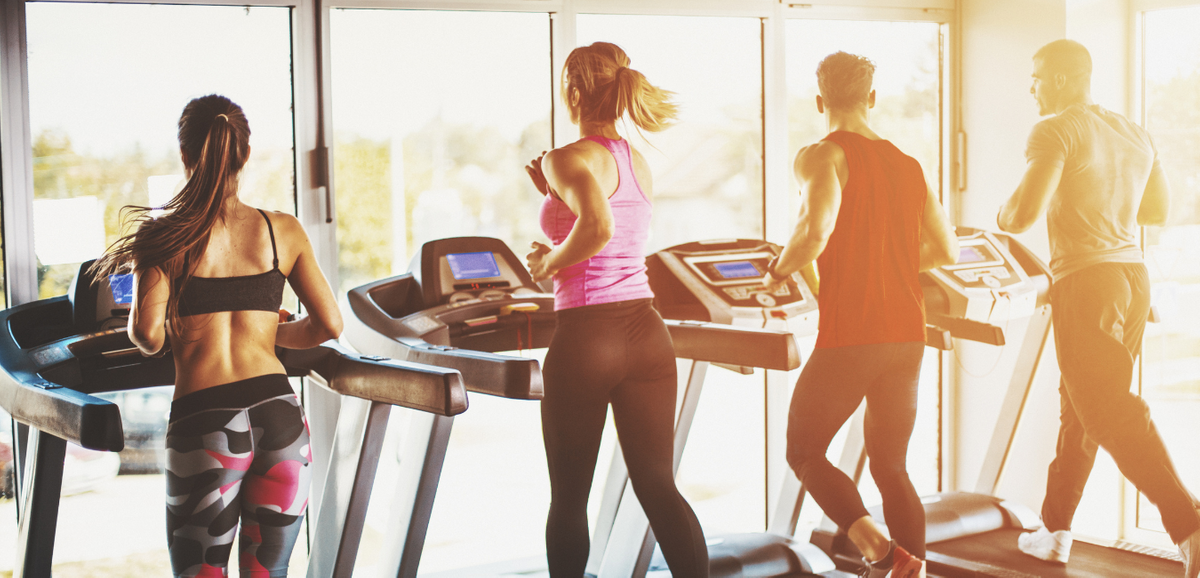Step 1: Assess Current Activity Levels
• Activity Audit: Record your current level of physical activity for a week to understand your baseline.
• Identify Barriers: Note any barriers that prevent you from being more active, such as time constraints or lack of motivation.
Step 2: Set Realistic Goals
• SMART Goals: Set Specific, Measurable, Achievable, Relevant, and Time-bound goals for increasing activity.
• Gradual Increase: Plan to gradually increase your activity levels to avoid burnout or injury.
Step 3: Choose Enjoyable Activities
• Explore Options: Try different types of physical activities to find what you enjoy most, whether it's walking, cycling, swimming, dancing, or team sports.
• Vary Your Routine: Include a mix of cardiovascular, strength training, and flexibility exercises.
Step 4: Create a Structured Plan
• Weekly Schedule: Draft a weekly exercise plan. Allocate specific times for physical activity, making it as routine as eating or sleeping.
• Balance Activities: Ensure your routine includes a balance of aerobic, strength, and flexibility exercises.
Step 5: Equip Yourself
• Appropriate Gear: Invest in good quality exercise gear, including footwear, to reduce the risk of injury.
• Home Equipment: Consider basic home exercise equipment like resistance bands or dumbbells if gym access is difficult.
Step 6: Start Slow
• Ease Into It: Begin with low to moderate intensity activities, especially if you're not used to regular exercise.
• Incremental Progression: Gradually increase the intensity and duration of your workouts.
Step 7: Monitor Your Progress
• Activity Log: Keep a log of your physical activities and progress. Note how you feel after exercising.
• Celebrate Achievements: Recognize and celebrate milestones, such as completing a certain number of workouts or reaching a new level of intensity.
Step 8: Stay Consistent
• Routine Building: Make physical activity a non-negotiable part of your daily routine.
• Flexible Approach: Be flexible with your plan and adjust as needed based on your schedule and energy levels.
Step 9: Incorporate Activity into Daily Life
• Active Choices: Make choices that increase activity, like taking the stairs, walking or biking for short trips, or standing instead of sitting.
• Active Breaks: Take short active breaks during the day, especially if you have a sedentary job.
Step 10: Find a Support System
• Exercise Buddies: Partner with a friend or join a group to keep you accountable and motivated.
• Professional Guidance: Consider hiring a personal trainer or joining a class for structured guidance.
Step 11: Listen to Your Body
• Body Awareness: Pay attention to your body's signals. Rest when needed and avoid pushing through pain.
• Adjust as Needed: Modify activities to accommodate any physical limitations or health concerns.
Step 12: Stay Motivated
• Set New Challenges: Once you’re comfortable with your routine, set new challenges to keep things interesting.
• Reward System: Create a reward system for meeting goals, like treating yourself to a movie or a new book.
Conclusion
Increasing physical activity is a gradual process that requires setting realistic goals, finding activities you enjoy, and integrating movement into your everyday life. Remember, consistency is key, and it's important to listen to your body to prevent overexertion. By building a routine that fits your lifestyle and preferences, you can make physical activity a sustainable and enjoyable part of your daily routine. This approach not only improves physical health but also enhances mental well-being.
*This content has been generated with the assistance of ChatGPT, an AI language model. While every effort has been made to ensure originality and accuracy, the content may inadvertently include or resemble information from other sources. This is not intentional and we encourage users to conduct their own verification if specific details are critical for their purposes. The use of this AI-generated content is for informational purposes only and should not be considered as a substitute for professional advice.

